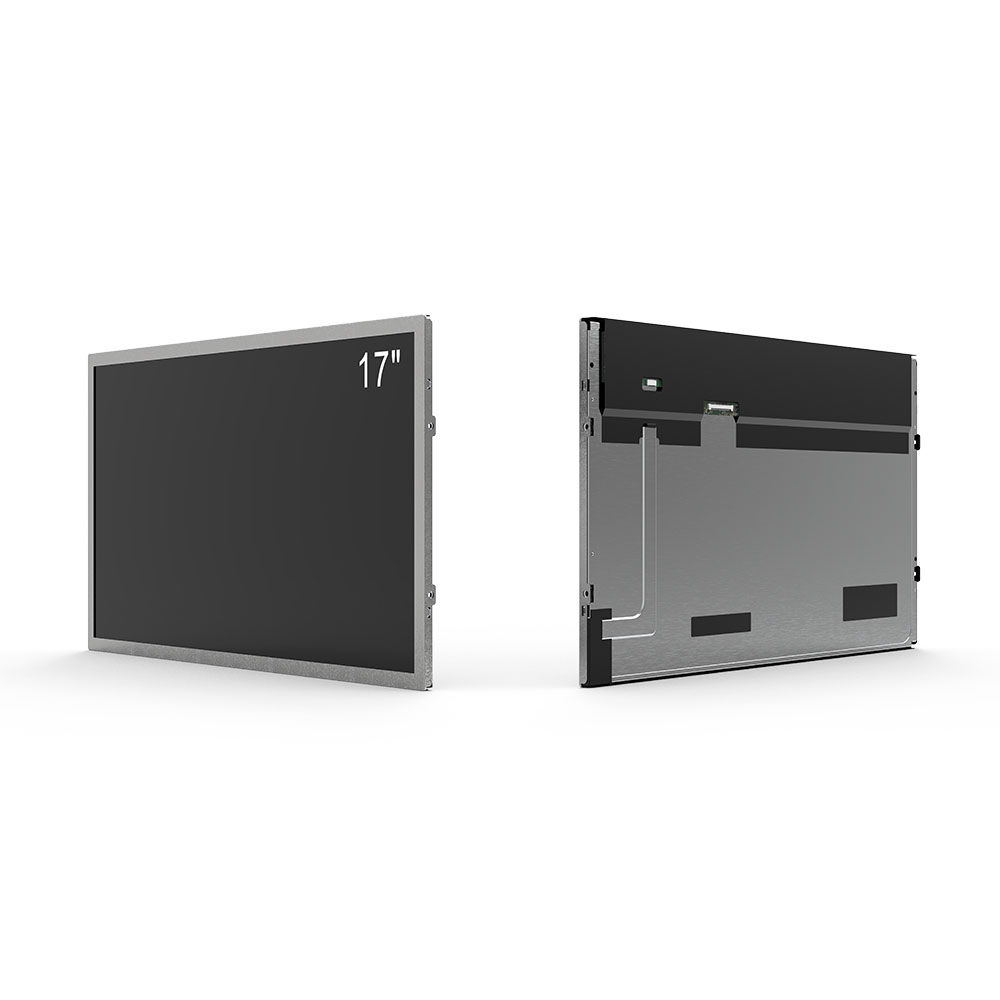When selecting an outdoor LCD screen for commercial, industrial, or public use, it’s essential to prioritize both visibility under diverse lighting conditions and long-term durability against environmental stressors. According to the International Electrotechnical Commission (IEC) standard IEC 60068-2-14, outdoor displays must withstand temperature extremes from -30°C to +60°C without performance degradation. Additionally, the American National Standards Institute (ANSI) recommends a minimum brightness level of 5,000 nits for direct sunlight visibility—a critical factor often overlooked by buyers who assume standard indoor screens can suffice.
Outdoor LCD screens must also be rated for ingress protection (IP). An IP65 rating is considered the baseline for most applications, protecting against dust and water jets, while IP68 offers full submersion resistance—ideal for coastal installations or areas with frequent heavy rainfall. For example, a case study from Samsung Display in 2023 demonstrated that their outdoor LCDs with IP68 ratings maintained 97% operational uptime over 3 years in Singapore’s humid tropical climate, compared to only 78% for lower-rated models.
Brightness is not the only metric; contrast ratio matters just as much. High-end outdoor LCDs now use advanced LED backlighting technologies such as local dimming and mini-LED arrays to achieve contrast ratios exceeding 10,000:1, which enhances image clarity even at dawn or dusk. These features are especially vital for digital signage in transportation hubs like airports or train stations, where dynamic content must remain legible during rapid light transitions.

Furthermore, power efficiency and thermal management play key roles in longevity. A 2022 report by the Society for Information Display (SID) found that outdoor displays with passive cooling systems and energy-saving modes consumed up to 30% less power over a year, reducing both operating costs and heat-related failure risks. This aligns with global sustainability goals, such as those outlined in the EU’s Ecodesign Directive for Energy-Efficient Displays.
Lastly, installation flexibility and remote diagnostics should not be underestimated. Modern outdoor LCDs integrate with cloud-based management platforms like BrightSign or LG WebOS, enabling real-time monitoring of brightness, temperature, and network status. Such capabilities reduce maintenance downtime significantly—critical for high-traffic environments like stadiums or retail kiosks.
In summary, choosing the right outdoor LCD screen requires evaluating brightness, IP rating, contrast ratio, thermal design, and smart connectivity—not just price. By following industry standards and learning from real-world deployments, organizations can ensure optimal performance, reduced total cost of ownership, and long-term reliability in any environment.







